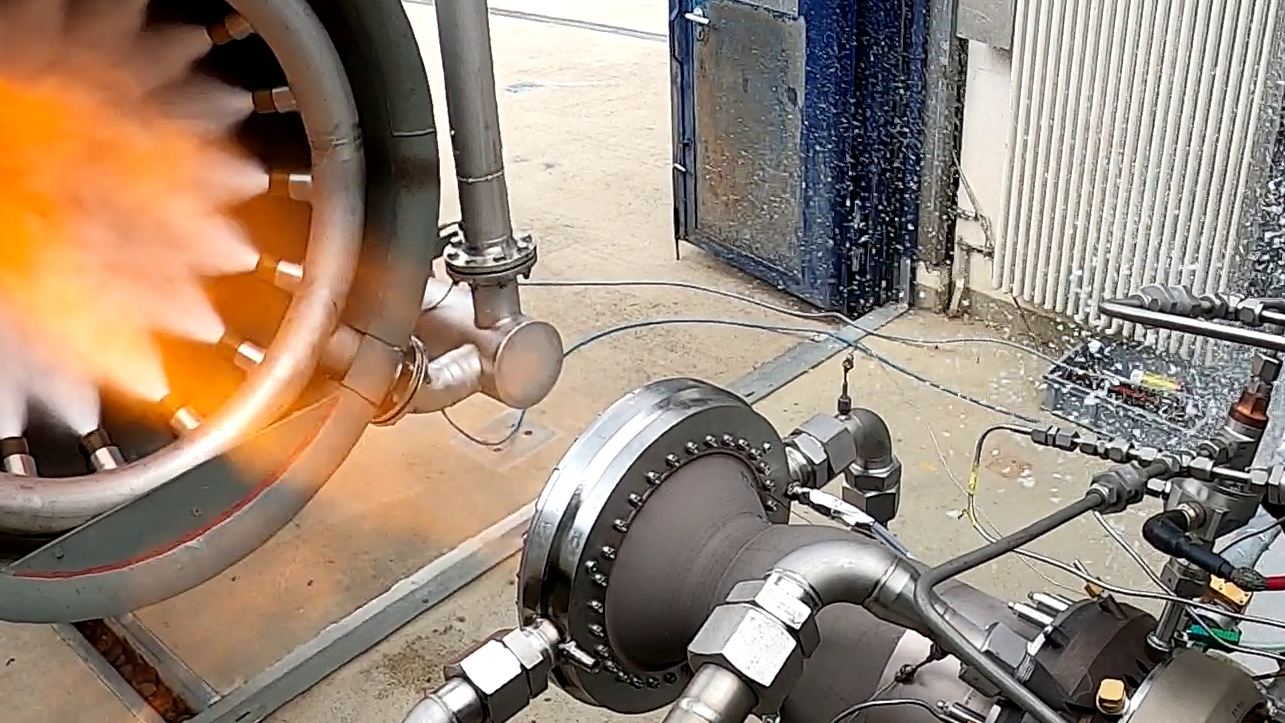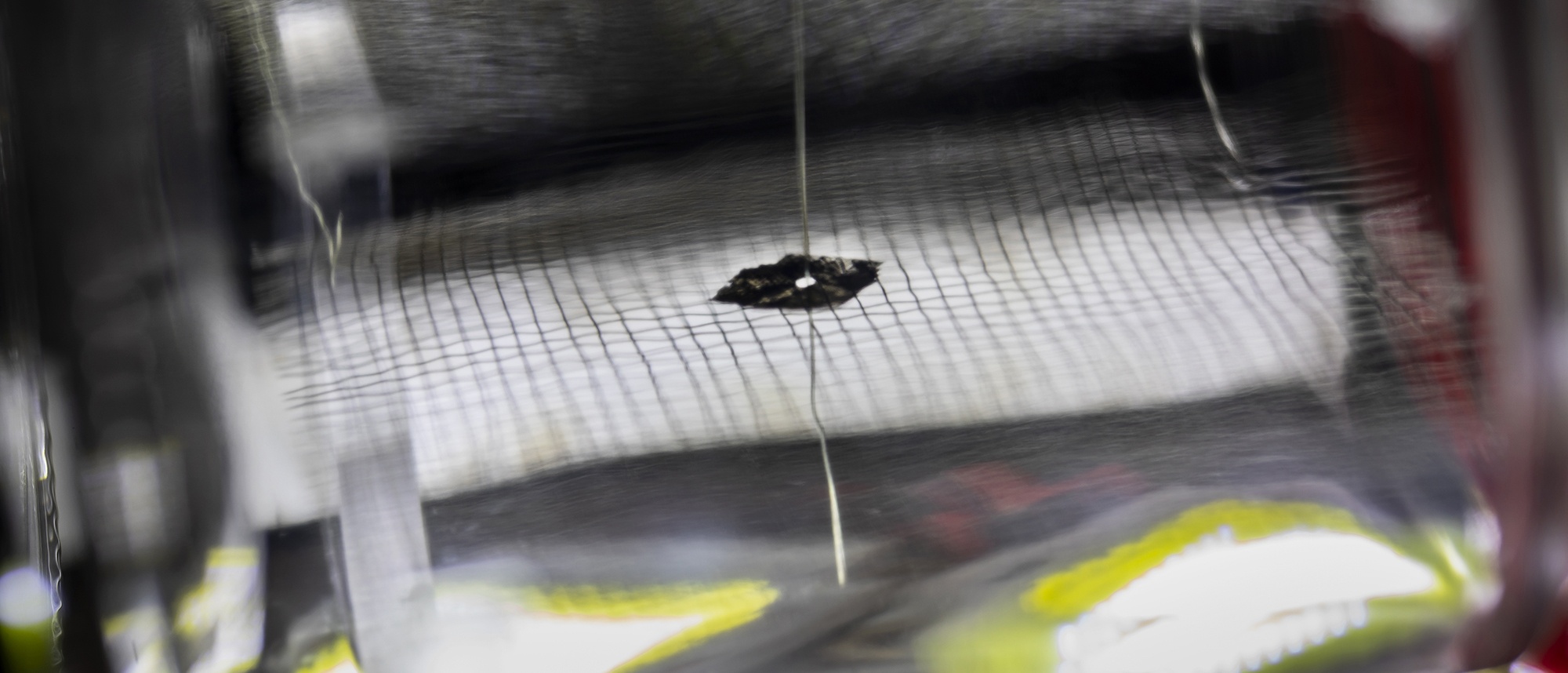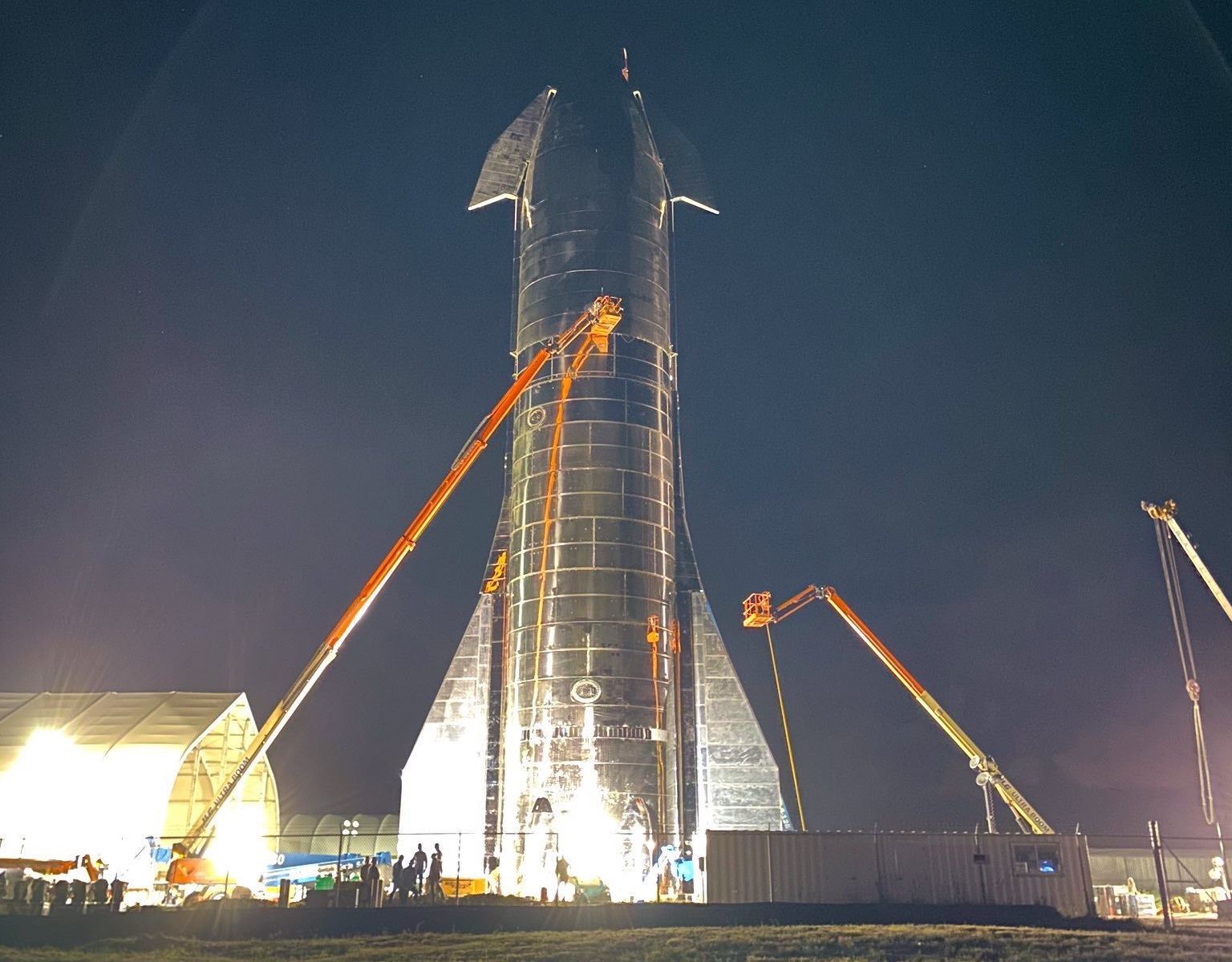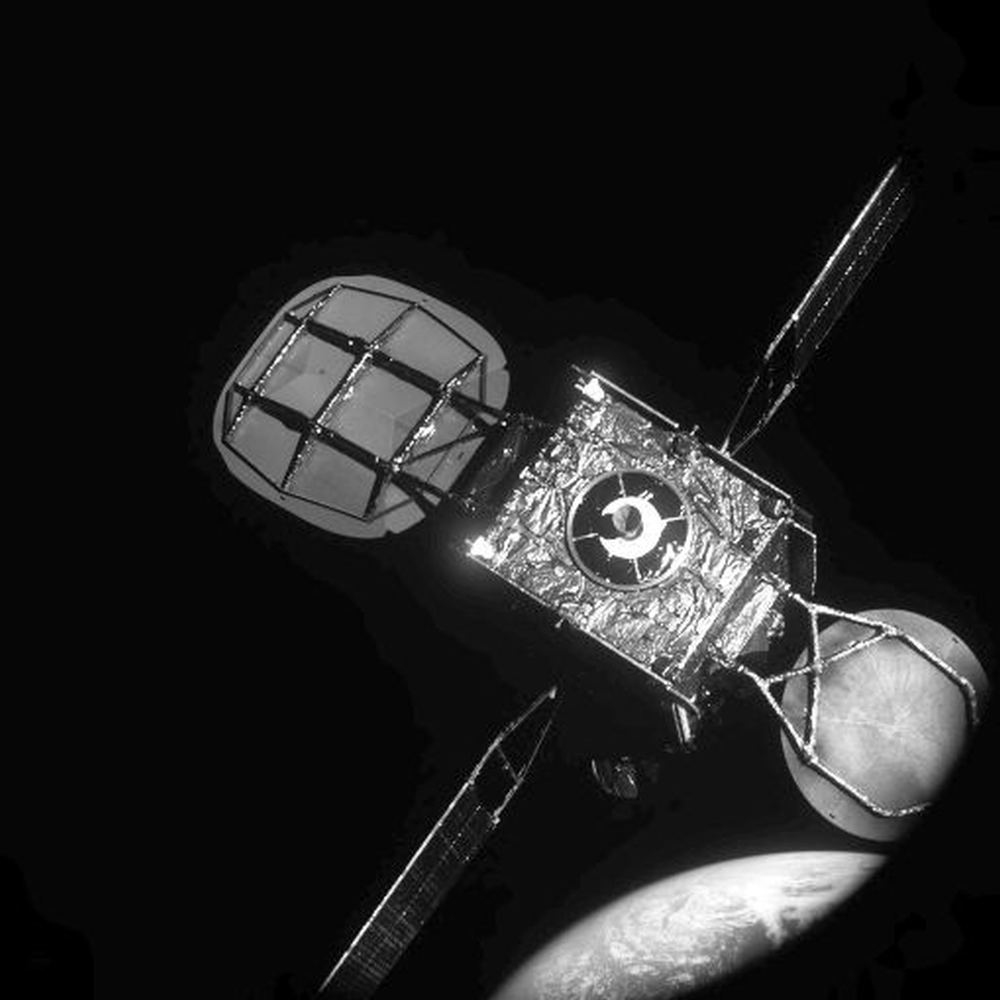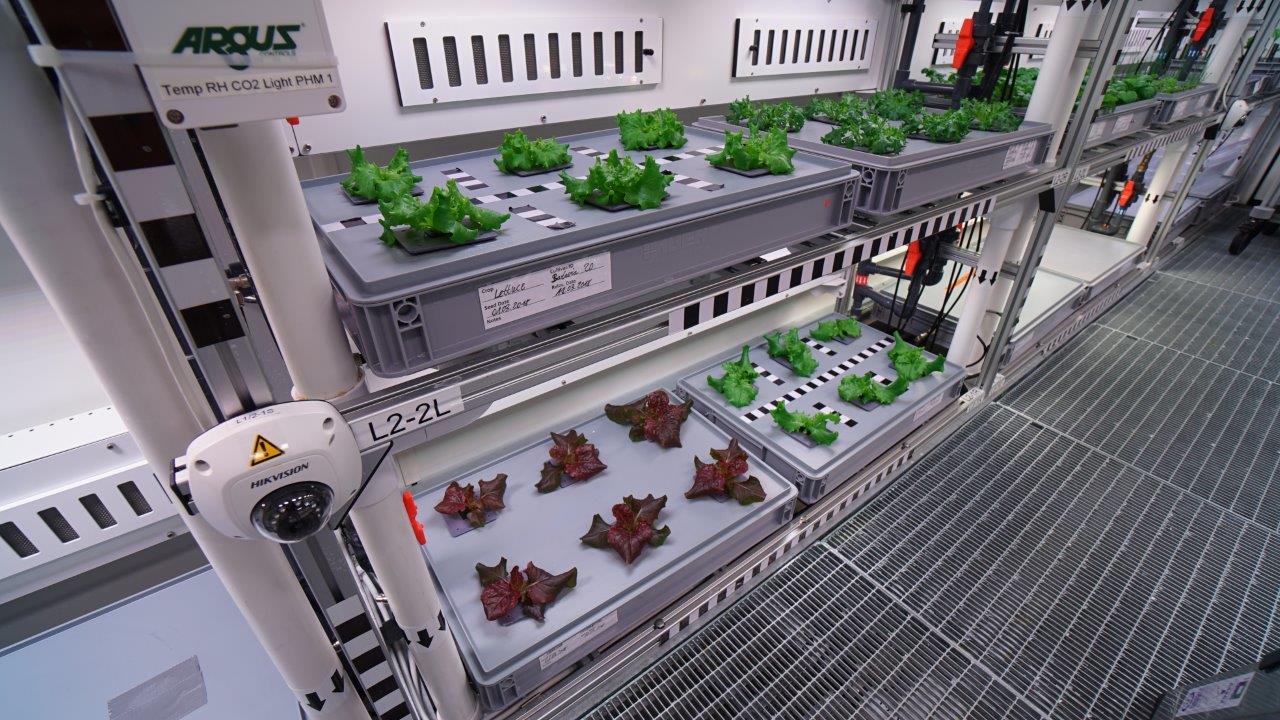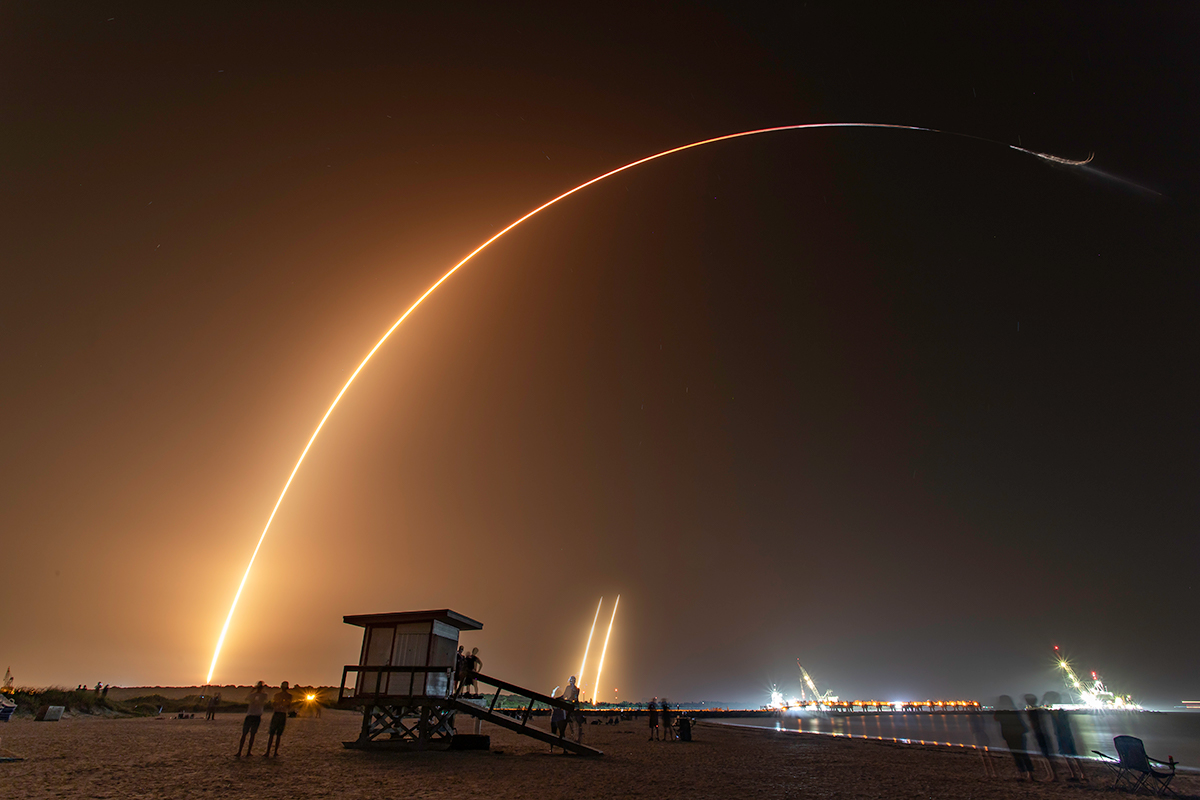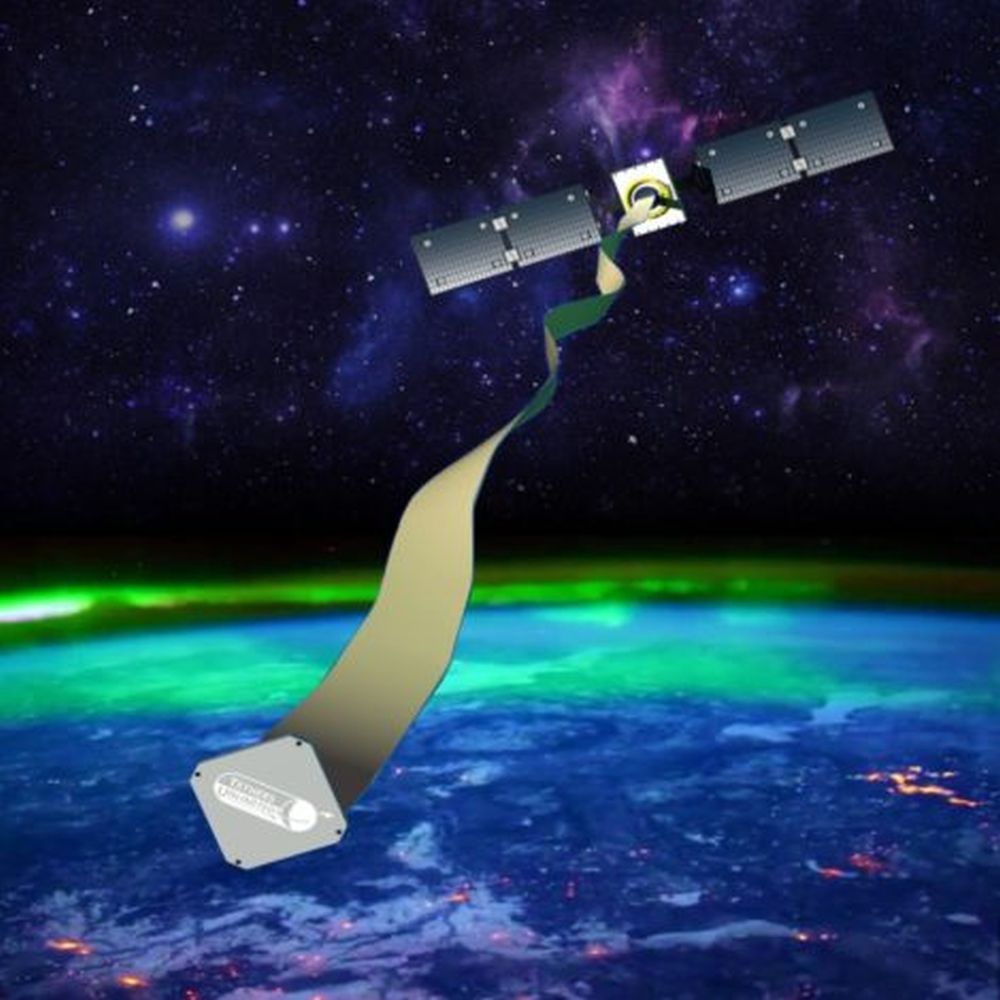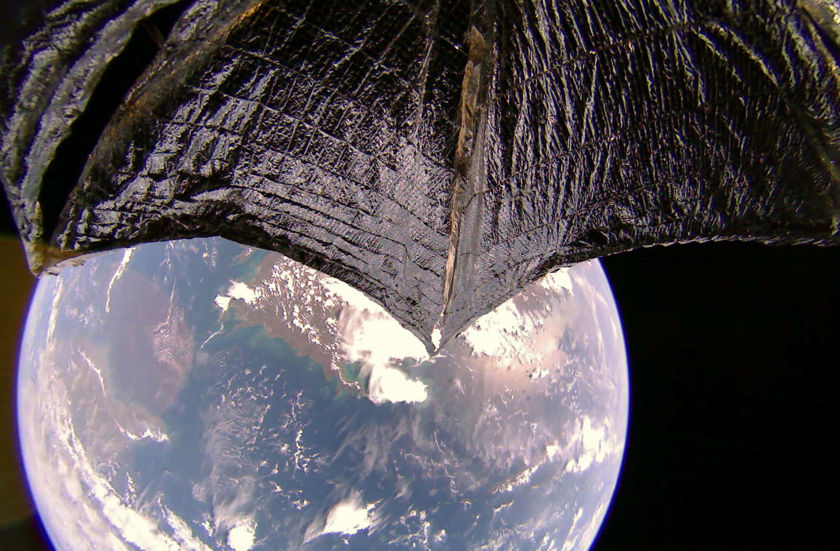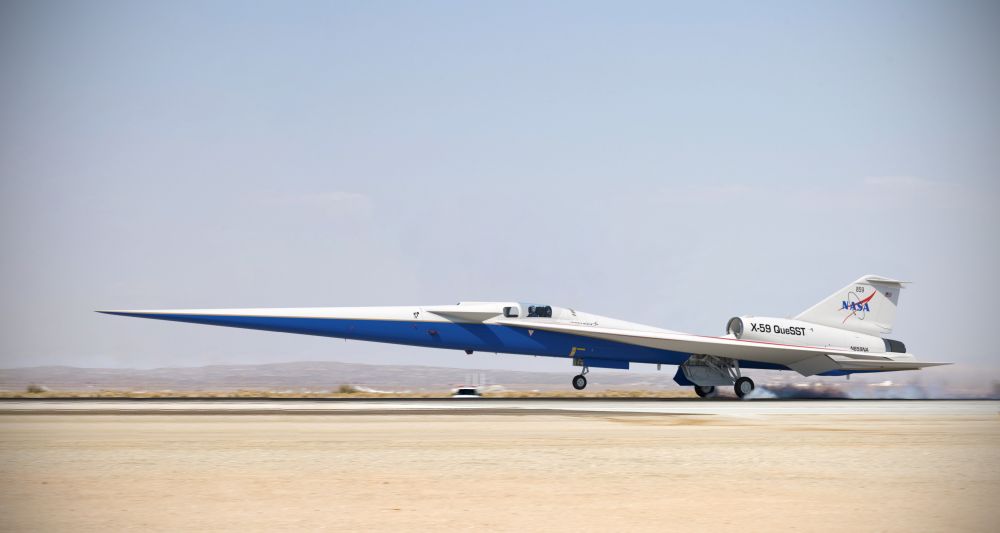This week, European engineers hot-fire tested a fully 3D-printed thrust chamber that could one day power the upper stages for rockets. The chamber has just three parts, and was constructed using additive layer manufacturing, another name for 3D printing.
This hot-fire test lasted 30 seconds and was carried out on May 26, 2020 at the DLR German Aerospace Center’s Lampoldshausen testing facility. The European Space Agency said that additional tests are planned for next week.
Continue reading “This Rocket Engine’s Thrust Chamber was 3D-printed and Only has Three Parts”
